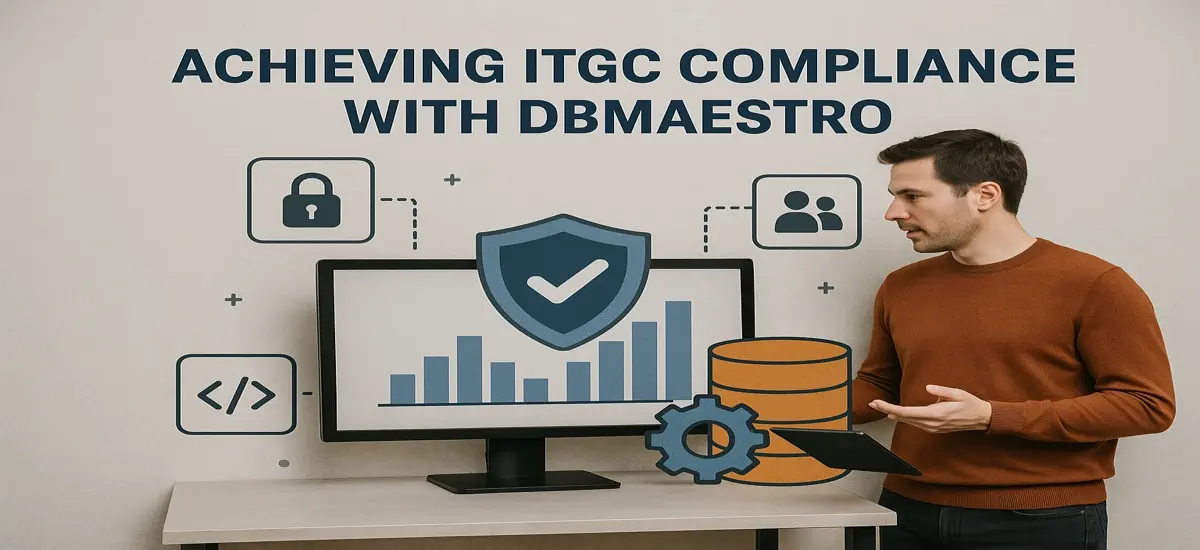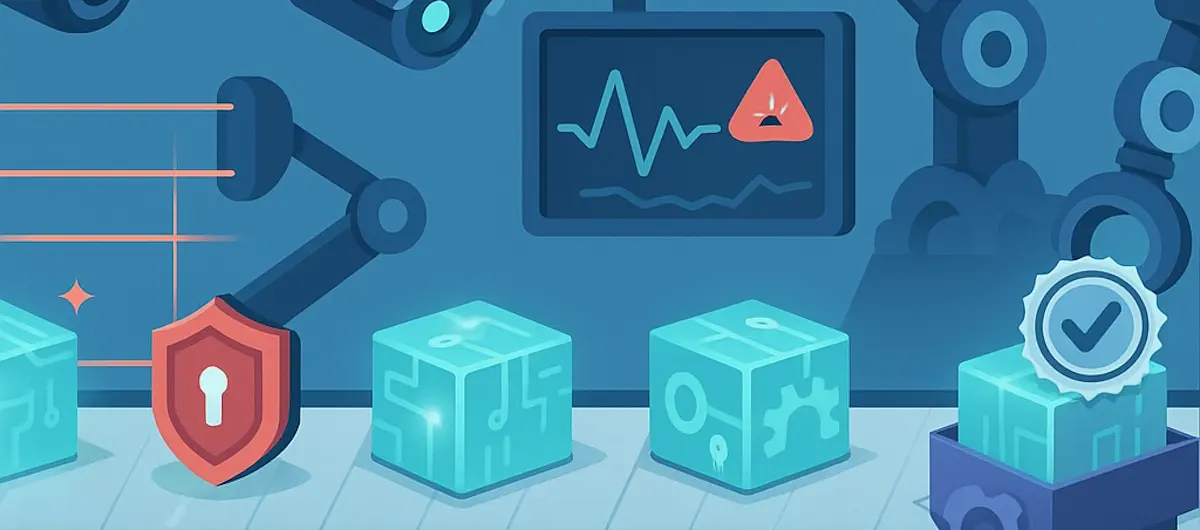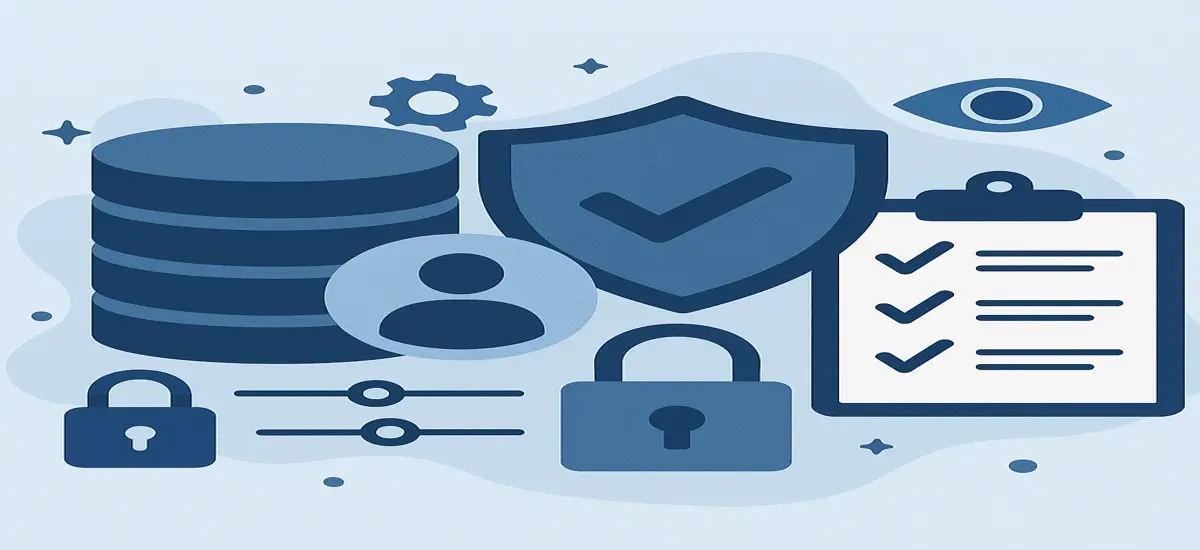Forging extra Security to Your CI/CD Process is a Must.
As DBAs and CISOs, we understand the criticality of securing our corporate databases. In today’s dynamic development landscape, where multiple development teams access schemas for diverse business needs, the traditional approach of siloed database management simply doesn’t cut it anymore. This is where Database DevSecOps (DevSecOps for Databases) comes in, offering a powerful solution to enhance security while streamlining development processes.
The Challenge: Juggling Agility with Security
The rise of Agile methodologies has revolutionized software development, promoting faster release cycles and closer collaboration between development and operations teams. This agility, however, can introduce new security risks, especially when it comes to database change management. With multiple developers potentially modifying schemas concurrently, the potential for unauthorized access, undocumented changes, accidental errors, and vulnerabilities increases significantly.
The Answer: Embracing Secure Database Change Management
The answer lies in implementing a secure database change management process. This involves automating database deployments, enforcing strict access controls, and continuously monitoring for suspicious activity. Here’s where Single Sign-On (SSO) and Multi-Factor Authentication (MFA), Password Vaults, Role Base Access Control (RBAC) and Policy Enforcement become essential building blocks.
The Two layers Double shield:
- The Passive Layer: Forging extra authentication and authorization
- The Dynamic layer: A proactive security watch dog for changes.
Passive Shield: Authentication and Authorization
The first line of defense in our Double Shield is a passive shield focused on user authentication and authorization. This layer utilizes the following measures:
- Single Sign-On (SSO): Imagine a world where developers only need to log in once to access all the resources they need, including databases. SSO centralizes authentication, eliminating the need for managing multiple credentials and reducing the risk of password fatigue. This simplifies access management for developers while strengthening security.
- Multi-Factor Authentication (MFA): MFA adds an extra layer of protection by requiring a secondary verification step beyond just a username and password. This could be a code sent to your phone, a fingerprint scan, or a security token. MFA significantly reduces the risk of unauthorized access, even if a developer’s credentials are compromised.
- Password Vaults: As mentioned earlier, password vaults securely store database credentials, eliminating the need for developers to know them directly. This further strengthens security by removing the risk of credential leakage or misuse if a developer’s device is compromised.
These passive measures act as the initial barrier, preventing unauthorized access and ensuring only authorized users can enter the database environment.
Dynamic Protection: RBAC and Policy Enforcement
The second layer of our Double Shield is a dynamic protection layer that actively controls database activity. This layer leverages the following:
- Role-Based Access Control (RBAC): Imagine a hierarchy of access permissions within your database environment. RBAC allows you to define these permissions based on user roles. For example, a developer role may include permissions to access lower environment in one project, and a permission to access a higher environment in another project. This granular control ensures that developers only have the access they absolutely need to perform their tasks, minimizing the potential for accidental or malicious activity.
- Policy Enforcement: Think of policy enforcement as a set of automated rules that govern what changes can be made to your database and how. These policies can cover various aspects, such as mandatory code reviews for sensitive changes, restrictions on specific data types, alert for wrong practices, bad coding, security challenged code and adherence to data governance regulations. By automatically enforcing these policies, the system acts as a real-time guardrail, preventing unauthorized or non-compliant modifications that could compromise database security.
Why SSO and MFA, PW vaults, RBAC and Policy enforcement Matter for Database DevSecOps
By integrating the double shield into your CI/CD pipeline, you achieve several crucial benefits:
- Reduced Attack Surface: Limiting access points through SSO minimizes the area vulnerable to potential attacks.
- Enhanced User Experience: Developers can access all necessary resources seamlessly, boosting productivity.
- Improved Compliance, adherence to industry regulations.
- Streamlined Auditing: clearer audit trails, simplifying security investigations.
DBmaestro: Building the Database Fortress
DBmaestro, a leading DevSecOps platform for databases, takes secure database change management to the next level by seamlessly integrating the Double Shield security approach into its core functionalities. Here’s how DBmaestro builds your secure database fortress:
Leveraging the Passive Shield:
- SSO and Password Vault Integration: DBmaestro integrates with leading SSO providers, allowing developers to access database resources with a single login. This eliminates the need for managing multiple credentials and reduces the risk of password fatigue or misuse. Additionally, DBmaestro can leverage password vaulting solutions. When a developer needs to access a database, DBmaestro retrieves the credentials securely from the vault using secure communication protocols, further reducing the risk of unauthorized access.
- Multi-Factor Authentication (MFA) Support: DBmaestro doesn’t directly implement MFA, but it sseamlessly integrates with existing MFA solutions. This allows organizations to leverage the additional security layer provided by MFA. For example, a developer might use their fingerprint or a security token alongside their SSO login to access the database through DBmaestro. This adds a crucial layer of protection, even if a developer’s credentials are compromised.
Fortifying the Dynamic Protection Layer:
- Granular RBAC with User Role Management: DBmaestro allows you to define user roles with granular access permissions. These roles map directly to your development workflows, ensuring developers only have the access they need to perform their specific tasks. For example, a developer working on a new feature might have access to a specific environment, while a tester might only have access for verification purposes. When a developer’s role within the organization changes, their access automatically adjusts based on the new role’s permissions. This eliminates manual updates and ensures they only have the required access, minimizing privilege creep.
- Automated Policy Enforcement Throughout the CI/CD Pipeline: DBmaestro empowers you to define comprehensive security policies that govern all aspects of database change management. These policies can be integrated directly into your CI/CD pipeline. Here’s how DBmaestro enforces these policies:
- Dry Run: a Pre-deployment Check. DBmaestro automatically scans proposed database changes against your defined security policies before deployment. This ensures that only compliant changes are deployed to production, preventing the introduction of vulnerabilities or unauthorized modifications.
- (Code Reviews for Sensitive Changes: For critical changes or those that impact specific data types, DBmaestro can enforce mandatory code reviews. This allows senior developers or security teams to review the changes before deployment, adding an extra layer of scrutiny and reducing the risk of errors.
Building a FedRAMP-Compliant Fortress:
DBmaestro’s security features are built from the ground up to meet the stringent requirements of FedRAMP. Here’s how it contributes to FedRAMP compliance:
- Access Control Best Practices: By enforcing RBAC and integrating with SSO, DBmaestro adheres to FedRAMP’s access control best practices, ensuring only authorized users can access sensitive data.
- Audit Logging and Traceability: DBmaestro provides comprehensive audit logs that track all database activities. This detailed record-keeping facilitates security investigations and demonstrates compliance with FedRAMP’s audit requirements.
- Secure Communication Protocols: DBmaestro leverages secure communication protocols for all data transmission, ensuring the confidentiality and integrity of data at rest and in transit.
Key Takeaways:
Traditional database management struggles to keep pace with the demands of Agile development. Secure database change management is essential for protecting data in multi-developer environments.
Double Shield Security Approach:
- SSO and MFA Integration: DBmaestro integrates with leading SSO providers and supports existing MFA solutions, ensuring a strong first line of defense through streamlined authentication and an extra layer of verification.
- Granular RBAC with User Role Management: DBmaestro empowers you to define user roles with fine-grained access controls. This ensures developers only have the permissions they need for their specific tasks, minimizing the potential for human error or malicious activity.
- Automated Policy Enforcement: DBmaestro allows you to define and enforce security policies throughout the CI/CD pipeline. Pre-deployment checks ensure only compliant changes are deployed, while mandatory code reviews for sensitive changes add an extra layer of scrutiny.
Conclusion:
DBmaestro empowers organizations to build a secure database fortress by design. Leveraging the Double Shield approach, DBmaestro integrates seamlessly with existing security solutions and enforces security policies throughout the development lifecycle. This ensures that organizations can achieve the agility of Agile development while maintaining robust database security and achieving FedRAMP compliance. By simplifying secure database change management, DBmaestro allows organizations to focus on innovation while protecting their critical data assets.




